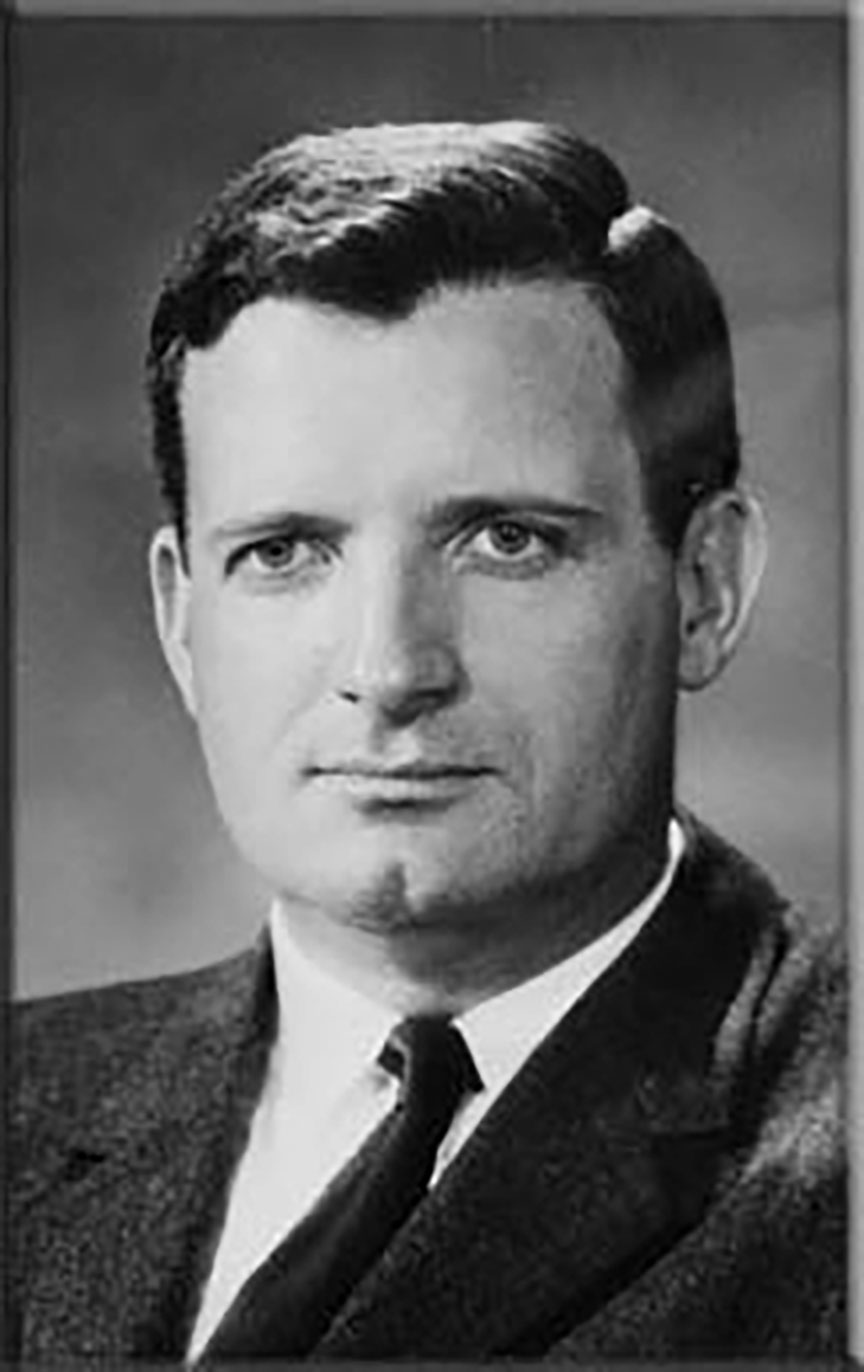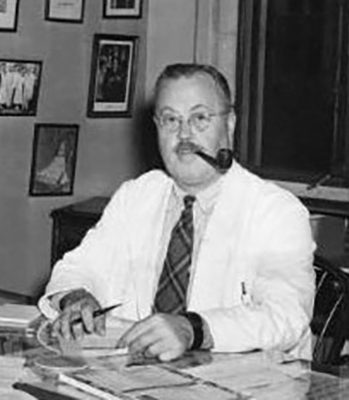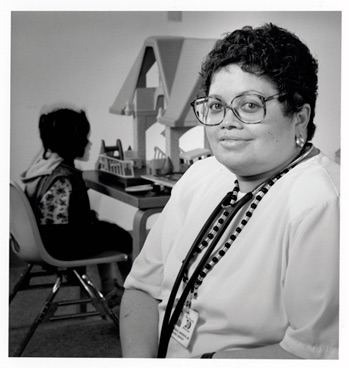In 1962, surgeon David Coston Sabiston, Jr., performed a heart artery bypass that would provide a roadmap for cardiac surgery for decades.
On Sabiston’s death in 2009, the New York Times called that 1962 procedure “daring.”
“Dr. Sabiston operated on a beating heart and used a vein stripped from the patient’s leg to bypass a blocked coronary artery and increase the flow of blood to the heart. The vein was grafted to an arterial wall. Even though the patient later had a stroke and died, the procedure was picked up and refined by others to develop techniques now common in bypass surgery,” the Times reported.
Sabiston did that surgery at Johns Hopkins, but moved to Duke in 1964, where he led the department of surgery for 30 years. A giant in his field, Sabiston oversaw training programs emulated all over the world. The 146 chief residents who served under him went on to careers at some of the world’s best medical institutions, Duke Today reported. When Sabiston retired, 88 of the 146 chief residents who had served under him worked in academic medicine, and 24 were department chairs or division chiefs.
“His impact on the world of surgery was extraordinary,” Danny Jacobs, surgery department chair in 2009, told Duke Today after Sabiston’s death.
At Duke, Sabiston expanded the surgery department and brought laboratory researchers into the surgical fold “to study nonsurgical factors that influence outcomes,” The New York Times reported. Additionally, the Times reported he worked in the late 1960s to help desegregate black and white patients being treated in Duke clinics.
Sabiston was born on his family farm near Jacksonville N.C. in 1924. He graduated from UNC Chapel Hill and received his medical degree from Johns Hopkins in 1947.



